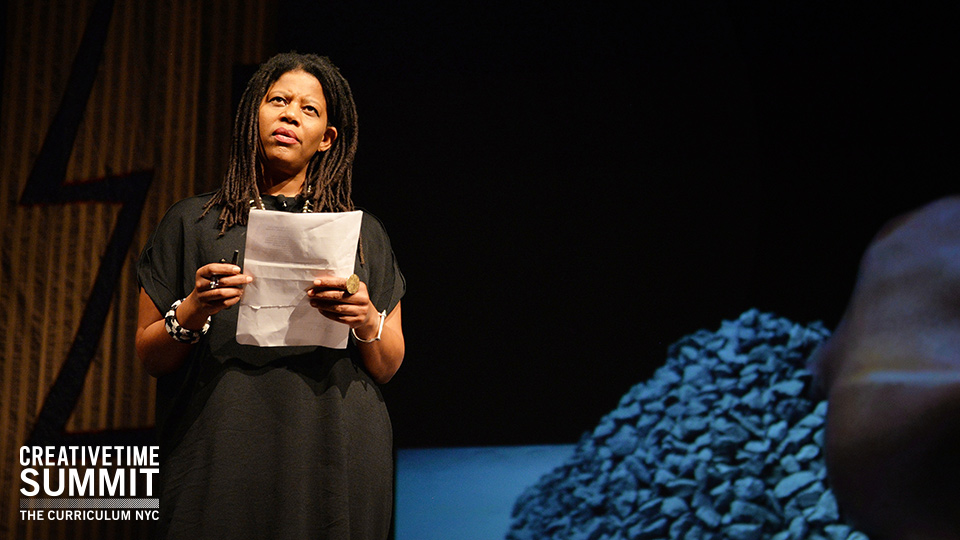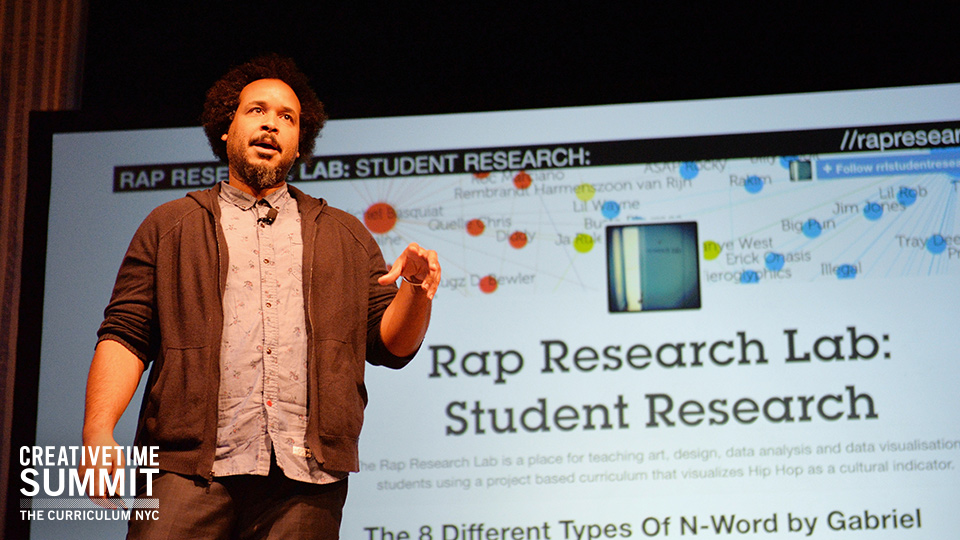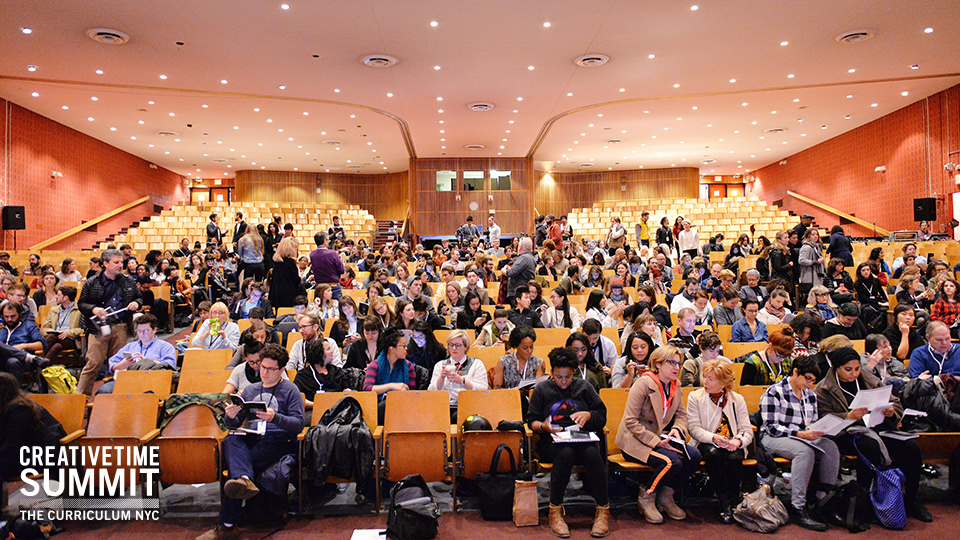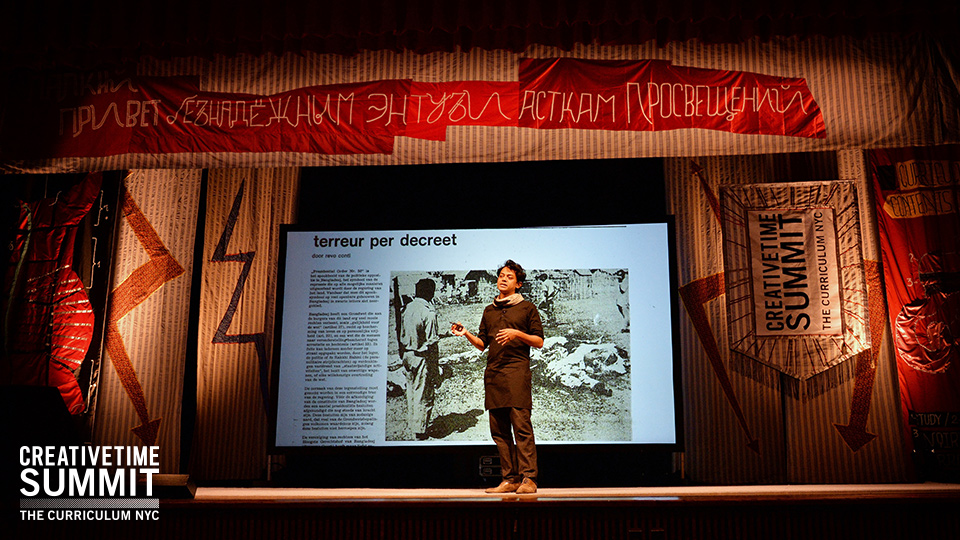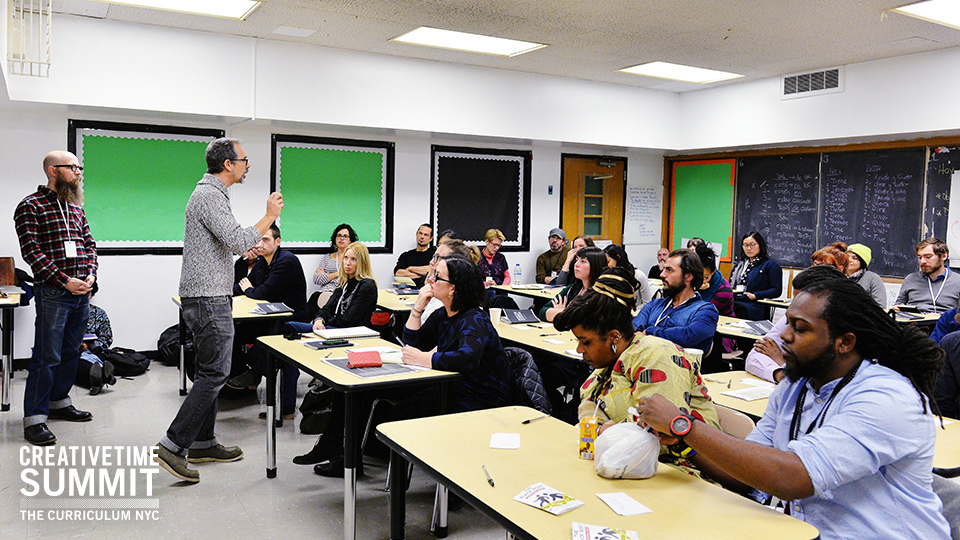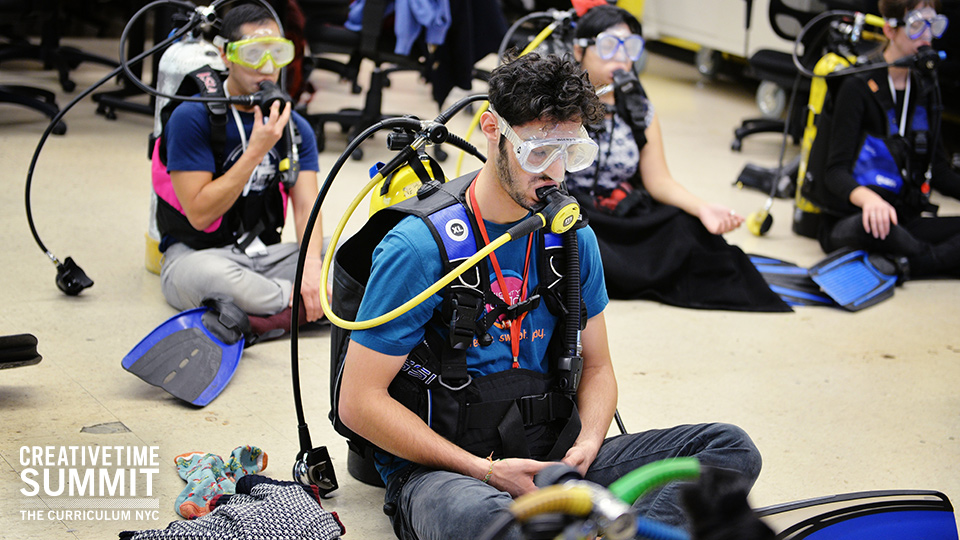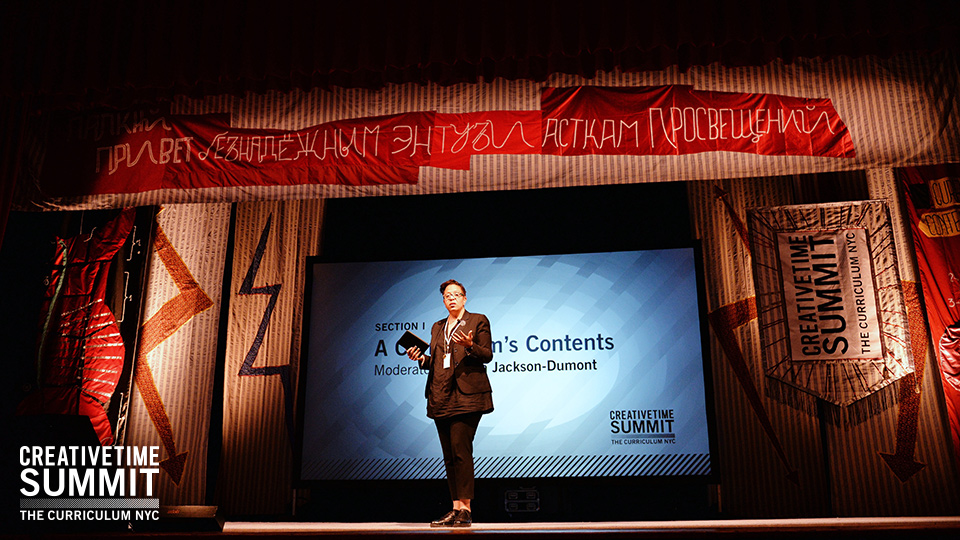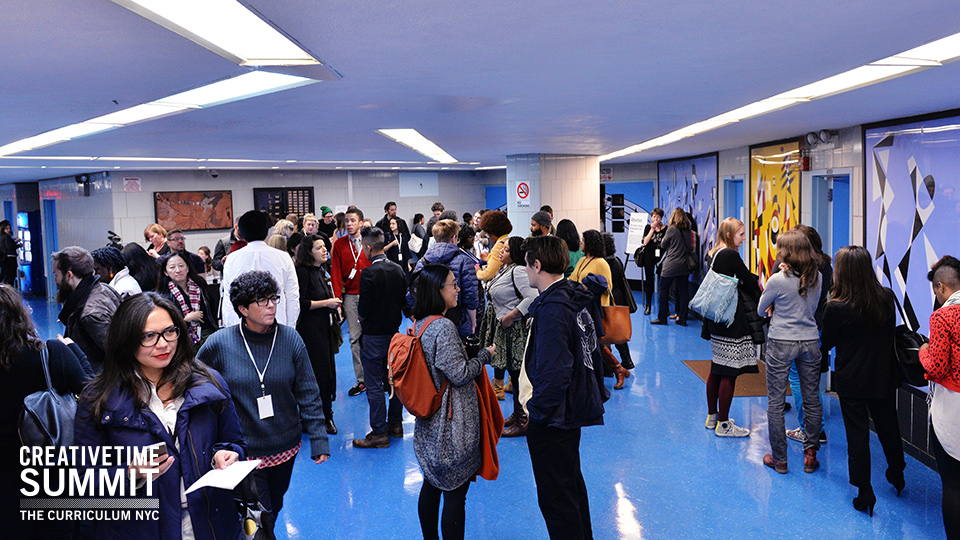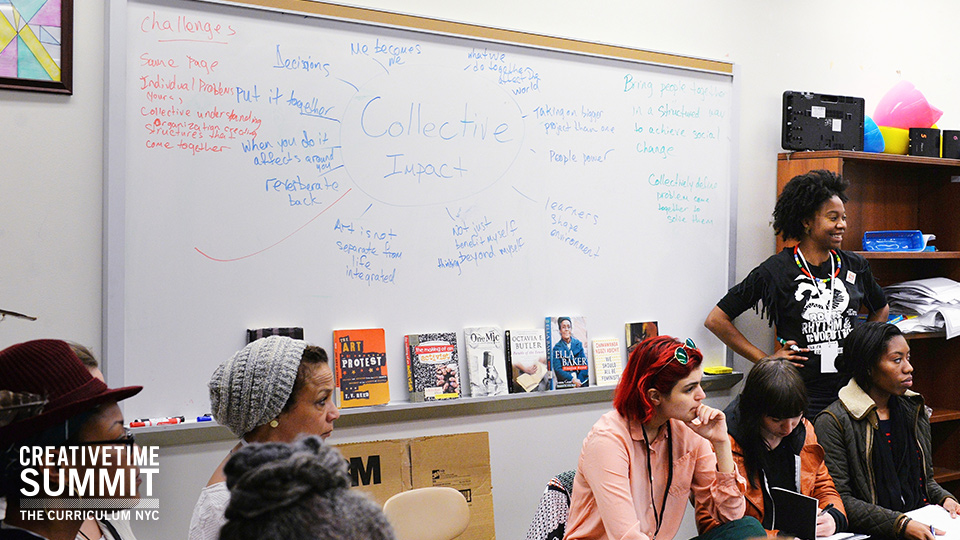
2015 CREATIVE TIME SUMMIT:
THE CURRICULUM NYC
NOVEMBER 14 & 15, 2015
BOYS AND GIRLS HIGH SCHOOL CAMPUS
1700 FULTON ST, BROOKLYN NY
After two years, the Creative Time Summit-the world’s largest international conference on art and social change-headed home to New York City! Creative Time Summit: The Curriculum NYC took place at the Boys and Girls High School campus in Bedford-Stuyvesant, Brooklyn on November 14 and 15, 2015.
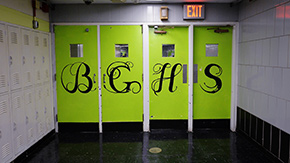
BOYS AND GIRLS HIGH SCHOOL CAMPUS
1700 FULTON ST, BROOKLYN NY
Continuing the dialogue started at the Summit held at the Venice Biennale in August, the New York Summit was dedicated to education and other ways knowledge is disseminated and obtained. The Curriculum NYC focused on the effects of specific education policies in the United States. We explored the relationship between knowledge and geopolitics, pedagogical art practices, omissions in contemporary curricula, and political issues such as the re-segregation of public schools and student debt.
In addition to hosting presentations by a distinguished roster of over 50 participants, the Creative Time Summit: The Curriculum NYC invited attendees to join in our afternoon sessions, which comprised break-out sessions held in the school’s classrooms. Taking the form of workshops and open discussions, they provided opportunities for more intimate exchanges among attendees, special guests, Summit presenters, and students and teachers from the Boys and Girls High School campus, which includes the Nelson Mandela School for Social Justice, and Research and Service High School. While diving deeper into urgent pedagogical issues, the breakout sessions addressed topics specific to the field of socially engaged art.
MESSAGE FROM NATO THOMPSON
What should we learn? How should we learn? Under what conditions should we learn? These questions act as a through line in both of Creative Time’s 2015 Summits. The Creative Time Summit: The Curriculum NYC follows the Creative Time Summit: The Curriculum, which took place at La Biennale di Venezia as part of Okwui Enwezor’s exhibition All the World’s Futures. That iteration took a broad and even abstract approach to thinking about curriculum, while the New York Summit focuses on issues that are particularly germane to the United States.
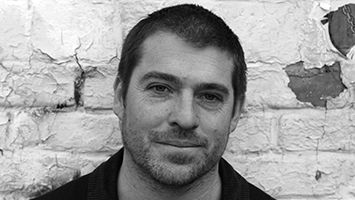
NATO THOMPSON, CHIEF CURATOR
The crisis in American education is far-reaching. Public schools have trouble maintaining good teachers. It has been estimated that 80 percent of students from low-income backgrounds read below their grade level. According to Editorial Projects for Education (EPE), some 1.1 million American students drop out of school every year, and that for African-American and Hispanic students across the country, dropout rates are close to 40 percent, compared to the national average of 27 percent. The repercussions of this are drastic. The Organization for Economic Co-operation and Development has found that American public schools no longer serve as the great, democratic equalizer. They are no longer vehicles of social mobility and instead reinforce class strata.
Higher education is also at a breaking point. The U.S. Department of Labor predicts that in order to earn a living wage in today’s economy, employees need at least some postsecondary education. Yet almost three-quarters of college graduates have nearly $30,000 of student loan debt, one-fifth of which derives from predatory private loans with unforgiving repayment options. The administrative solution to this crisis has been to defund liberal arts programs, rely on underpaid adjunct faculty, and refashion education as a relationship between student- customers and teachers whose role it is to provide job-training services.
American public schools no longer serve as the great, democratic equalizer. They are no longer vehicles of social mobility.
Meanwhile, approximately 20 percent of college women will have been sexually assaulted on campus by the time they graduate and public schools average one deadly school shooting per week. Physically, economically, and intellectually, our students are in danger.
The Creative Time Summit serves as a gathering place for the growing community of those interested in discussing art in conjunction with social issues such as these. Art historian Grant Kester has used the term “dialogic” to describe artworks that emphasize dialogue and discussion. Such art seems to create a pedagogic space that, while not always utilitarian, can serve as an alternative form of knowledge-making, one that produces an engaged relationship with the viewer. This quality is ubiquitous in socially engaged art today.
Thus, the dialogic is the underlying principle of the Summit’s presentations on curriculum, testing, debt, infrastructure, and privatization. It will also be the foundation of the afternoon classroom sessions, which focus more squarely on issues within socially engaged art such as cultural equity, techniques of criticism, and how this field manifests in graduate programs.
As with previous Creative Time Summits dedicated to the intersection of art and politics, The Curriculum NYC has a radical leaning. We keep in mind a statement by Paulo Freire, the radical educator who considered education
to be a confrontation with power and a source of agency for the powerless. Freire believed that education was not a passive act, but a radical practice.
He believed that beyond transforming individuals, education carries the revolutionary potential to transform the world. “Liberation is a praxis,” he wrote, “the action and reflection of men and women upon their world in order to transform it.”
And so we continue a relationship between Creative Time and the Boys and Girls High School (BGHS) that was initiated when artist Xenobia Bailey collaborated with the school in our 2014 exhibition Funk, God, Jazz, and Medicine: Black Radical Brooklyn. We are excited to have now forged relationships with the other incredible high schools on the BGHS campus: the Research and Service High School and the Nelson Mandela School for Social Justice. With its impressive collection of African American art and commitment to making the world a better place, this dynamic campus is the ideal setting for our learning praxis. From within the very rooms where pedagogical structures are being rethought and young scholars practice good citizenship, we welcome you to The Curriculum NYC.
DOWNLOAD THE CURRICULUM NYC PROGRAM (PDF)

KEYNOTES
SPEAKERS
- EMILY BARNETT
- BILL AYERS
- PRINCIPAL TABARI ZAID BOMANI
- RASHIDA BUMBRAY
- LUIS CAMNITZER
- NEIL AND AYANDA CLARKE
- THE DEBT COLLECTIVE
- COUNCILMAN ROBERT E. CORNEGY JR.
- PRINCIPAL ALLISON M. FARRINGTON
- HOPE GINSBURG
- HANS HAACKE
- TAHIR HEMPHILL
- KEMI ILESANMI
- SANDRA JACKSON-DUMONT
- ATHI MONGEZELELI JOJA
- SARAH KENDZIOR
- STANLEY KINARD
- PEDRO LASCH
- SIMONE LEIGH
- LEONARD LOPATE
- MFA NO MFA
- NAEEM MOHAIEMEN
- PEPÓN OSORIO
- TIA POWELL HARRIS
- JOLENE RICKARD
- ANDREW ROSS
- JENNIFER A. SCOTT
- EMMA SULKOWICZ
WORKSHOPS, ROUNDTABLES, AND OPEN DISCUSSIONS
- RAS KENDALL ALBERT
- BETTY’S DAUGHTER ARTS COLLABORATIVE
- THE BLACK LUNCH TABLE
- BFAMFAPHD
- TANIA BRUGUERA
- NICOLE CARUTH
- CENTER FOR ARTISTIC ACTIVISM
- CHLOË BASS AND ERICA MAPP
- BREAKTHROUGH
- CHTO DELAT
- ELIZABETH CORR
- AIMEE MEREDITH COX
- ALLISON DAVIS
- BEN DAVIS
- LISA DENT
- ADEOLA ENIGBOKAN AND TRACEE WORLEY
- FLUX FACTORY
- DEBORAH FISHER
- NOAH FISCHER
- FOKUS
- JANISHA GABRIEL
- GAN GOLAN
- JANE GOLDEN
- ALICIA GRULLON
- INGRID HAFTEL
- HEATHER HART AND JINA VALENTINE
- DAONNE HUFF
- RACHEL LAFOREST
- PETRUSHKA BAZIN LARSEN
- THE LAUNDROMAT PROJECT
- MATTEO LUCCHETTI AND JUDITH WIELANDER
- ANN MESSNER
- VALERIA MOGILEVICH
- SILVIA JULIANA MANTILLA ORTIZ
- DOUGLAS PAULSON
- CHANEL L. PORCHIA
- SHEETAL PRAJAPATI
- MARLÈNE RAMÍREZ-CANCIO
- KAMEELAH JANAN RASHEED
- JENNIFER REID
- MARINELLA SENATORE AND THE SCHOOL OF NARRATIVE DANCE
- NOT AN ALTERNATIVE
- SARAH SCHULTZ
- GREGORY SHOLETTE
- DANIEL TUCKER
- SHAY WAFER
- JASMINE WAHI
- RISË WILSON
- SUE BELL YANK
Support
The 2015 Creative Time Summit at Boys and Girls High School Campus is made possible with the support of our dedicated friends and champions. Lead support has been generously provided by the Trust for Mutual Understanding, the Malka Fund, the Mark Krueger Charitable Fund, and The Gladys Krieble Delmas Foundation.
Major Creative Time programming support for 2015 has been provided by:


